I need to segment the images of cans and bottles in order to classify them later by the shape of the area. To do this, I'm trying to find a closed contour of the object. I use the Canny algorithm and closing morphological operation. As a result of this, I don't always get a closed contour to find the mask.
There are three features:
- It is acceptable if the contour is not quite accurate. The main goal is classification into a can and a bottle, which is feasible even with inaccurate contours.
- The final project should be rewritten in c++, so it is necessary to use the libraries that are available in this language.
- The segmentation process should not be too long. 40-45 seconds are allocated for the entire photo processing cycle. Therefore, no more than 20-25 should be spent on segmentation.
Based on requirements 2 and 3, OpenCV is the preferred development tool, but it is not necessary.
Examples
- Expected
 ** What I get **
** What I get **
- Correct


- Incorrect
What I've tried
- Сanny with closing (described above)
canny = cv.Canny(cropped,t1,t2)
kernel_close = cv.getStructuringElement(cv.MORPH_RECT,ksize = (45,45))
closed = cv.morphologyEx(canny,cv.MORPH_CLOSE,kernel_close)
- Canny with pre-blurring
I got the best results with a gaussian kernel size of 30, but the contour is not closed here either.

def get_edges(gray,t1k,t2k,ksize = 3):
Gk = cv.getGaussianKernel(ksize,-1)
kx,ky =cv.getDerivKernels(1,0,3,normalize=True)
blured = cv.sepFilter2D(gray,cv.CV_64F,Gk,Gk)
dx = cv.sepFilter2D(blured,-1,kx,ky)
dy = cv.sepFilter2D(blured,-1,ky,kx)
max_val = max(dx.max(),dy.max())
t1 = max_val*t1k
t2 = max_val*t2k
edges = cv.Canny(np.int16(dx),np.int16(dy),t1,t2)
return blured,edges
t1=0.2
t2 = t1*2
ksize = 30
blured,edges = get_edges(gray,t1,t2,ksize)
- Active contour models algorithm by scikit-image
Gives a closed contour, which is what I need. However, the final project should be written in c++. I have not found a suitable implementation of this method in c++.
 (red is the initial snake, blue is the result).
(red is the initial snake, blue is the result).
Update.
Bottles can vary greatly in color and transparency. Here are examples
